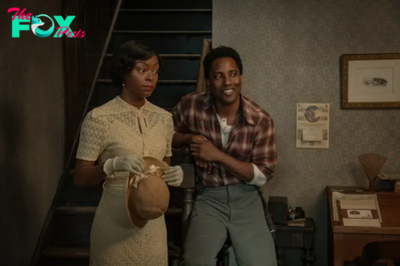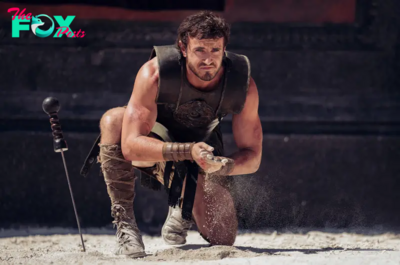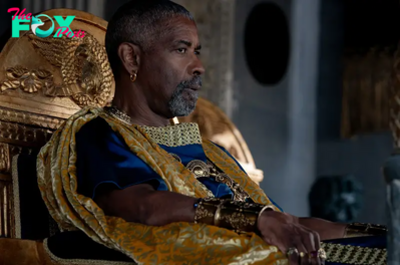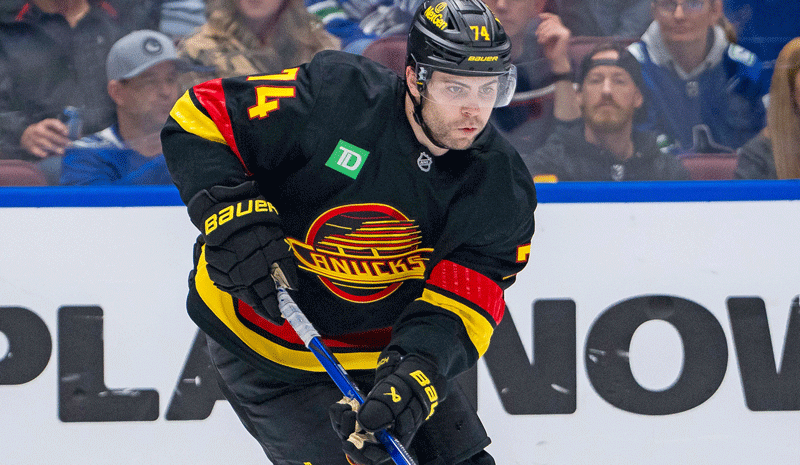Entertainment
The Drake-Kendrick Beef Was Good for Both of Them—Until It Wasn’t
There aren’t many easier ways to jump a level of fame than by joining a feud. For centuries, audiences have been captivated by juicy spats, from Capulets vs. Montagues to Hatfields vs. McCoys. But modern-day internet culture in particular thrives on bad blood. Studies have found that social media algorithms reward anger and animosity. Users, as a result, have normalized parasocial relationships and invasive Easter egg hunts dissecting peoples’ private lives. So the Bravo machine churns out squabble after squabble; musicians conjure embittered origin stories. On forums like Reddit’s wildly popular AmITheA--hole, people spend hours of their free time adjudicating even the most anonymous and Petty of coNFLicts.
While modern culture loves virtually any dispute, we especially love fights among the hyper-famous. It’s too much work for the average person to figure out who both Mads Lewis and Tana Mongeau are and why we should care. So perhaps it was unsurprising that the Kendrick Lamar-Drake feud that’s unfolded over the last couple months has captivated so many—and taken up so much cultural oxygen.
Is either artist at the top of their artistic game or cultural relevance? Probably not. But each of them has been a central public figure for more than a decade, having risen to power far before algorithms splintered our feeds; they’ve shaped new generations of musicians and the very ways that we communicate online. And each of them acutely understands the importance of rap rivalries—and the creative and commercial benefits that come with them.
So both men bought into the war, delivering one scathing diss song after the other. The result has been one of the most explosive, entertaining, and widely dissected rap feuds in the genre’s 50-year history. For a while, the feud was only positive for both men (as well as the corporate overlords they share). But with the latest missives in the war turning disconcertingly nasty, the scales have tipped against Drake in a way that could actually do long-standing reputational damage to his career.
Competition as motivation
One of Drake’s superpowers is his constant regeneration: his ability to summon a new aesthetic palette, a new muse, a new rival that keeps him in the cultural news cycle. Drake is often accused of being a culture vulture, and glomming onto younger artists around the world for relevance. But those younger artists, in turn, profit from his co-signs. Drake’s recent collaborations with the ascendant rapper Sexyy Red—including the hit “Rich Baby Daddy”—show how his quasi-mentor system, no matter how extractive, can benefit everyone involved.
As Drake hand-picks proteges, he also hand-picks rivals in the same way; it’s as if he summons up new video Game bosses whenever his career starts to get stale. Over the past decade, he’s tangled via rap records with Tyga, Meek Mill, and Pusha T, to name a few. And while his rivals have landed serious blows against him, he’s embraced the tabloid-style frenzy at each of those junctures, incorporating them into his narrative identity as an underappreciated lone ranger constantly battling the world.
Lamar, on the other hand, is much more calcified in his persona. He releases music more slowly, and largely takes aim at unjust systems rather than individuals. While this approach has earned him unending critical plaudits and even a Pulitzer Prize, it hasn’t resulted in the same consistent commercial success as Drake, who has more than double the number of songs with 500 million streams on Spotify that Lamar does, according to the data analysis site Kworb.
But one of the biggest moments of Lamar’s career came in 2013, when he dropped a verse on Big Sean’s “Control” that took aim at his biggest rivals. On the song, Lamar asserted that competition was a central part of his craft: “This is hip-hop, and them n----s should know what time it is,” he asserted, name-dropping a slew of rappers including Drake before threatening: “I got love for you all, but I'm tryna murder you.” Lamar's Twitter followers jumped 510% in the week following the track's release.
Everybody wins—for a while
Given that context, perhaps it’s not surprising that sooner or later, Lamar would return to the same well, and take aim at another rapper partially in order to reinvigorate his career. In March, he released a verse on Metro Boomin and Future’s “Like That,” in which he very consciously set flame to long-simmering tensions between himself and Drake: “My temperament bipolar, I choose violence,” he rapped.
Two weeks later, Drake responded with the diss song “Push Ups,” and the war was on: the pair began trading volley after volley. During this mad rush of lyricism, many people on social media commented that no matter who had the lyrical edge, the fans themselves were winning, by being witness to the most highly-motivated versions of their idols. To younger fans who hadn’t been around for Biggie and Tupac or Jay and Nas, the Kendrick-Drake brawl felt like the continuation of a long legacy of rap beefs leading to urgent, excellent art.
But it was the two men at the center who stood to benefit the most. Culturally, their Godzilla v. King Kong-style coNFLict helped solidify them in many fans’ minds as the two titans of a rap decade. While J. Cole had practically initiated this whole spat by naming himself in a so-called “Big Three” with the other two on the song “First Person Shooter,” he quickly announced he would bow out of the dispute, which confirmed to many that he wasn’t on their level. And their force of gravity brought practically the entire hip-hop world into their orbit, with Kanye West, Rick Ross, Future and many others either becoming collateral or trying to get in on the action to assert their own primacy.
Financially, the duo’s streaming numbers skyrocketed in the midst of the very public spat: the more they insulted each other, the more they raked in money. “Like That” became Lamar’s first number one song since 2017’s “Humble,” and held the spot for three weeks. Notably, Megan Thee Stallion’s “Hiss,” another diss record released in the midst of a feud with Nicki Minaj, took a similar pathway to the top of the charts the month prior. Drake, too, raked in millions of streams and Instagram views for his own missives. On May 6, Drake and Lamar’s diss tracks made up five of the top nine songs on Spotify’s Top 50 - USA chart.
When viewed through an economic lens, some cynics argued that the two rivals were actually in alignment and working toward a larger goal: making money for the music industry behemoth Universal Music Group (UMG). Drake’s albums on his label OVO are distributed by Republic Records, which is a division of UMG. “Like That,” Kendrick’s first major diss track against Drake, was also a Republic release. And Kendrick’s own label Interscope also happens to be under the UMG umbrella.
Last week, the hip-hop artist Vince Staples argued that the beef was a distraction from major record labels’ divestment from Black artists.
But the feud is tilting in one direction
So both men had a vested interest in continuing the feud for as long as possible. Even if one of them was deemed the winner by the public, both of them would nevertheless receive a career boost—and they could then return to their own career paths, with their releases more centrally in the public eye.
But both men are incredibly comPetitive, and their verbal jousting turned darker and more personal as time went on, with serious accusations piling up on both sides. On May 4, Lamar released “Meet the Grahams,” a searing indictment of Drake’s moral character. He accused Drake of being “master manipulator,” a groomer, a gambling addict; “a narcissist, misogynist, living inside his songs/ Try destroying families rather than takin' care of his own.” The venom dripped from his voice; he sounded like a preacher condemning a sinner from the pulpit.
The very same day, Lamar followed up with another song, “Not Like Us,” in which he accused Drake of being a pedophile via a music theory pun: “Tryna strike a chord and it’s probably A-minor.” The line’s wit, combined with Lamar’s punchy, triumphant delivery, quickly went viral on social media, and became a flash point in the entire feud: Lamar had successfully used his skills as a musician and a wordsmith to persuade people that Drake was a genuinely bad person. While Lamar offered no further proof of his accusations, the ensuing memes overpowered the discourse, rendering the truth an afterthought—and longstanding Drake skeptics piled on with their own complaints.
The next day, Drake fired back with “The Heart Part 6.” On the song, he claimed that he was too famous to be a molester, and that Lamar was only trying to label Drake a pedophile because he himself had been molested as a child. But these tactics backfired wildly, with people questioning Drake’s moral judgment for delivering them:
While fans may have been judging Lamar and Drake by their lyrical prowess early on in the matchup, the discourse has now devolved into assessments of character. The radio host Ebro Darden contended that the battle had become about “how the next generation views and values what is important in being an MC.” And the allegations about Drake, while delivered without definitive proof, are likely to dog him for years to come. “Are we watching the fall of Drake?” asked one of the most popular posts of the day on Reddit’s r/music. “This is the fall from grace of the rap star of the last 15 years, taking his entire era down with him,” wrote Pitchfork’s Alphonse Pierre.
Then again, the music industry has a long history of shielding or giving second chances to powerful men with troubling histories or accusations of misconduct. And music fans have largely shown a penchant for listening to songs they like, rather than considering music as a referendum for their creators’ moral character.
And while many left Drake for dead after Pusha T’s blistering 2018 diss track “The Story of Adidon”—in which Pusha revealed that Drake had been hiding the fact he had a son—Drake rebounded immediately that year with the mega-hits “In My Feelings” and “Nonstop.” It’s entirely feasible that in five years, Drake will be just as famous and beloved as he was three months ago, beefing with another rap star, all the way to the bank.
But Drake’s beef with Lamar feels different than “The Story of Adidon.” This feud has shown Drake trying his hardest to go toe-to-toe with a true peer (as opposed to a challenger) for multiple bouts—and alienating a large swath of his would-be collaborators in hip-hop in the process. And not only has he been deemed the aesthetic loser of the feud, but many people have internalized Lamar’s brutal accusations against him. It will be a while, if ever, until Drake shakes off the sinister reputation that this extremely profitable feud has now saddled him with.
-
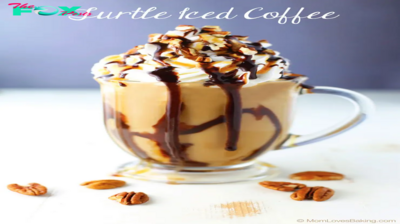
 Entertainment24m ago
Entertainment24m agoAmerica On CoffeeWe’re simply inviting you to take a timeout into the rhythmic ambiance of our breakfast, brunch and/or espresso picks. We’re comfortable everytime you cease by.Take pleasure in And, Chill out …
-
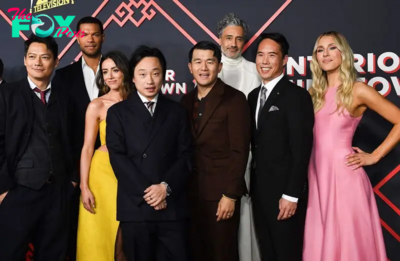
 Entertainment40m ago
Entertainment40m agoHow ‘Interior Chinatown’ Satirises Asians in Hollywood with Witty Social Commentary
-
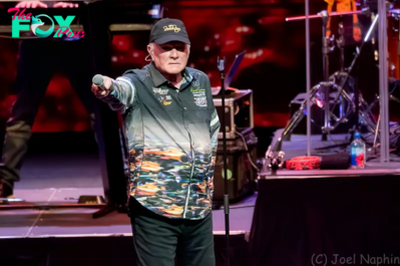
 Entertainment5h ago
Entertainment5h agoPHOTO GALLERY: The Seaside Boys – OLG Stage at Fallsview On line casino – Niagara Falls, Ontario – November 16, 2024
-

 Entertainment11h ago
Entertainment11h agoAmerica On CoffeeWe’re simply inviting you to take a timeout into the rhythmic ambiance of our breakfast, brunch and/or espresso picks. We’re completely happy everytime you cease by.“All the time Keep in mind Us This Method” Woman Gaga
-

 Entertainment11h ago
Entertainment11h agoHow to See Ava, Chiang Mai Night Safari’s Golden Tiger
-

 Entertainment13h ago
Entertainment13h agoAnna Delvey Reunites With Ezra Sosa and Flips Him Off Ahead of ‘Dancing With the Stars’ Finale Return
-

 Entertainment16h ago
Entertainment16h agoMethods to Recharge as an Actor
-

 Entertainment16h ago
Entertainment16h agoWeak Sign: October 4, 2024 Tubby’s






